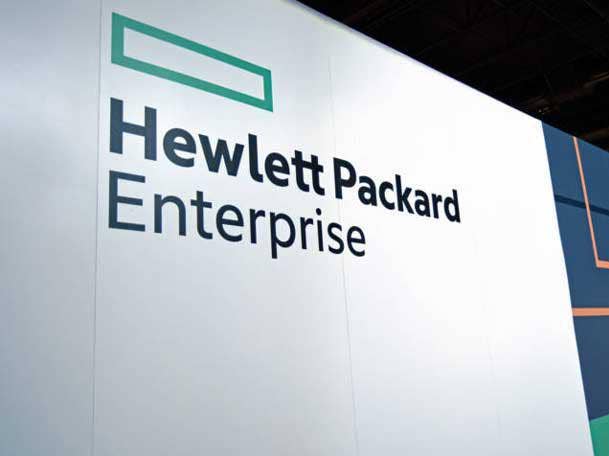HPE GreenLake ‘Still Absolutely In The Lead’, Top Exec Says
Dell is the latest company to announce a rival product to the popular HPE GreenLake, but GreenLake Global Vice President Scott Ramsay called it ‘flattering’ and said ‘they’re all trying to mimic us.’

As more companies elbow into the market to take share from its on-prem, cloud straddling business, HPE GreenLake Global Vice President Scott Ramsay said rivals “are trying to play catch-up” with HPE, which is “absolutely in the lead.”
“Dell and Lenovo and Cisco and all these guys, it’s pretty flattering they’re calling us out by name,” he said. “But the reason they’re doing that is they know they have more catching up to do. So it makes me a little nervous, as these guys try to catch up, of course, but it’s good to know we’re still absolutely in the lead. They’re actually bringing more credibility to this market demand that we’ve been shouting about for six years now.”
Dell today took the wraps off of its Dell Cloud Technologies, a new consumption-based, on-premise Cloud Data Center-as-a-Service product that is a direct competitor with GreenLake.
“Dell publicly came out, around six weeks or so ago, and said that they had been looking at this market and had identified us as having the absolute leading offering in this market,” Ramsay said. “It’s the highest form of flattery that they’re trying to mimic what we’ve done. My instinct is, I need to look at what they’re doing. There have been a number of competitors who have made noises. The one thing I’d immediately poke on is, what are they metering? How are they metering this? Where are their underlying business models around this?”
The offering delivers public cloud agility and simplicity to on-premise workloads fully managed by Dell Technologies which can be sold by channel partners. The new cloud service stemmed from Project Dimension, which extended VMware Cloud to deliver Software-Defined Data Center (SDDC) infrastructure and hardware as a service to the on-premises world alongside Dell with built-in technologies including vSAN and SAN SD-WAN by VeloCloud. VMware Cloud on Dell EMC also offers a bi-directional connection to public clouds for application and data portability via a hybrid cloud control plane.
“Is there a metering tool as advanced as the (GreenLake) Cloud Cruiser tool, where it looks across hybrid environments, it can meter your traditional environment, it can meter your private cloud, it can meter in all of the major public cloud providers and give you a single pane of glass into whats been consumed so that you give the CIO back control?” Ramsay said. “I think there’s a number of questions that come to mind ... It’s a pretty exciting time with all the competition and the fact they’re trying to mimic us.”
HPE GreenLake metering model is based on Cloud Cruiser which includes a portal that is aimed at allowing customers to "optimize their usage and costs" both on-premises and in public cloud.
HPE GreenLake – which had a breakthrough update last June – is also one HPE's fastest-growing offerings in the channel. In the most recent quarter, HPE GreenLake Flex Capacity channel sales were up 300 percent.
One reason for the HPE sales traction is its big investments in the channel pay-per-use model that has drawn rave reviews from partners looking to provide customers with an on-premises alternative to public cloud. GreenLake Flex Capacity includes a whopping five times the rebate incentive partners would get in a traditional CapEx on-premises deal.
By sitting at the juncture of cloud and on-prem for the last six years, Ramsay said GreenLake has developed the experience to help customers strike the correct balance. Metering is critical, Ramsay said, as major enterprises shift their workloads between the public cloud and on-prem, GreenLake can help them find the sweet spot.
“The biggest advantage of GreenLake is that we actively manage the capacity needs from the customer,” he said. “A lot of major enterprises are seeing that once they go into the public cloud there’s a sprawl of spend on that public cloud, where the instances are being spun up, but they’re not being shut down quickly enough. The data transfer costs are higher than they anticipated, and as a result they’re staring to think about repatriating workloads back on premise.”